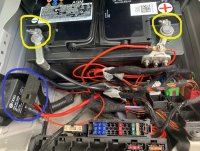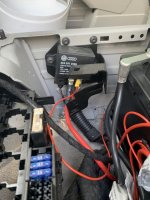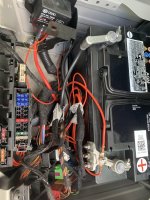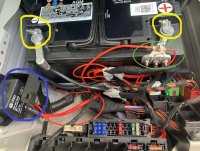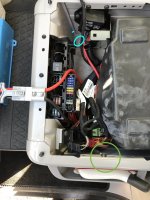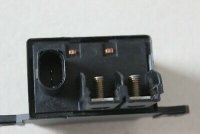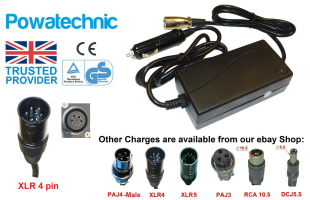I've just received this from the scooter manufacturer
"Although we can not guarantee proper functionality while using an inverter, and are not liable for damage caused to the charger, scooter, inverter, or power source, I would recommend a pure sine wave inverter
An MSW inverter may work temporarily, but will generate more heat and possibly cause risk of fire or damage to the charger and scooter. The max draw from the ZERO charger is 330W.
We do not currently offer a DC to DC option, and I do not know of a working option at this time. I hope this helps"
As the Victron Energy I've just ordered is a pure sine inverter does it meet that full criteria? Again, thanks for the help and guidance



